
Mexico’s tariff rate quotas
Mexico continues to use three types of tariff rate quotas: those negotiated under the WTO, preferential quotas negotiated under trade agreements, and unilateral quotas. What

Mexico continues to use three types of tariff rate quotas: those negotiated under the WTO, preferential quotas negotiated under trade agreements, and unilateral quotas. What
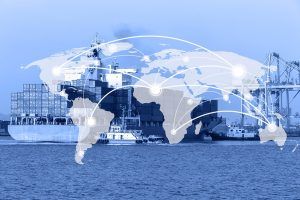
A U.S. congressional analysis released a comparison of four trade agreements in force or under negotiation: CPTPP, IPEF, USMCA and RCEP. IPEF To begin with,
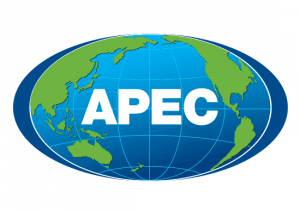
Asia-Pacific Economic Cooperation (APEC) is a regional economic forum that promotes balanced and sustainable economic growth. To this end, APEC member economies meet to discuss
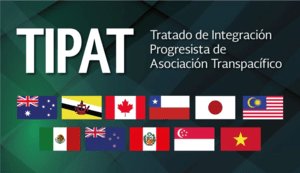
The Trans-Pacific Partnership Agreement (CPTPP) contains numerous specific disciplines on the automotive industry throughout its chapters, annexes and appendices, as well as in the bilateral

Mexico‘s government is interested in developing creative industries such as the film industry, the television industry, video games, live entertainment, virtual platforms and fashion. In

The Federal Economic Competition Commission (Cofece) of Mexico would have a 6.7% increase in its budget for 2023 in real terms and at annual rate,

The Ministry of Economy of Mexico took stock of the negotiations and agreements of the Pacific Alliance (PA), made up of Mexico, Colombia, Chile and

Mexico authorized 58 TIF establishments to export to 14 countries from September 2021 to June 2022. For reference: a TIF establishment is a facility subject
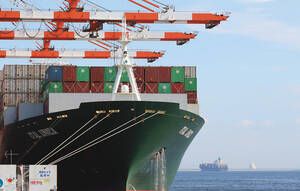
Japanese exports did not contribute to Japan‘s gross domestic product (GDP) growth in the second quarter of 2022. In Japan, economic activity rebounded during the
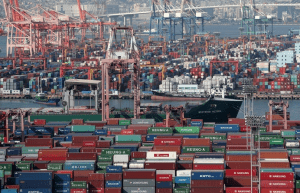
A Free Trade Agreement (FTA) between Mexico and South Korea would allow for a better balance in the mutual granting of tariff advantages, argued the

Mexico continues to use three types of tariff rate quotas: those negotiated under the WTO, preferential quotas negotiated under trade agreements, and unilateral quotas. What

A U.S. congressional analysis released a comparison of four trade agreements in force or under negotiation: CPTPP, IPEF, USMCA and RCEP. IPEF To begin with,

Asia-Pacific Economic Cooperation (APEC) is a regional economic forum that promotes balanced and sustainable economic growth. To this end, APEC member economies meet to discuss

The Trans-Pacific Partnership Agreement (CPTPP) contains numerous specific disciplines on the automotive industry throughout its chapters, annexes and appendices, as well as in the bilateral

Mexico‘s government is interested in developing creative industries such as the film industry, the television industry, video games, live entertainment, virtual platforms and fashion. In

The Federal Economic Competition Commission (Cofece) of Mexico would have a 6.7% increase in its budget for 2023 in real terms and at annual rate,

The Ministry of Economy of Mexico took stock of the negotiations and agreements of the Pacific Alliance (PA), made up of Mexico, Colombia, Chile and

Mexico authorized 58 TIF establishments to export to 14 countries from September 2021 to June 2022. For reference: a TIF establishment is a facility subject

Japanese exports did not contribute to Japan‘s gross domestic product (GDP) growth in the second quarter of 2022. In Japan, economic activity rebounded during the

A Free Trade Agreement (FTA) between Mexico and South Korea would allow for a better balance in the mutual granting of tariff advantages, argued the